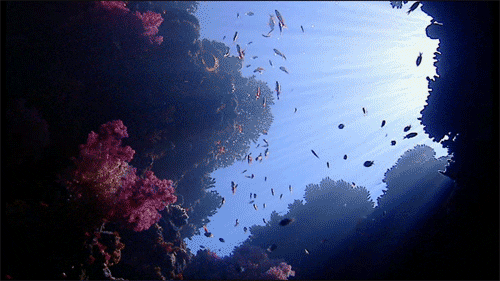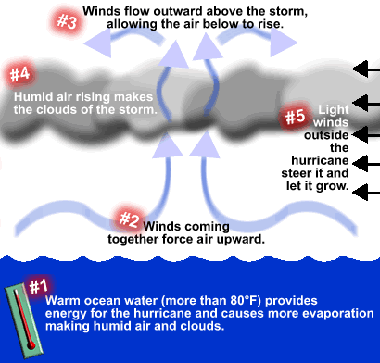So this week was a busy one. Natural disasters paired with midterm exams and assignments, you start thinking it was a month rather than seven days. However, this week helped me realize that my country really needs environmentalist to step forward and help the overall development. This surprisingly gave me a lot of motivation to finish my “scientific poster” for a course I’m doing. This was obviously based on none other than (you guessed it), ”Hurricanes and Corals”
At this point, with all the research I am doing, I think myself an expert in this topic. I have spent weeks researching, reading, and struggling to change words so I don't get accused of plagiarism. All this built up knowledge was meant for me to share with the public in anyway possible. Unfortunately, a scientific poster is nothing like a blog.
For a scientific poster, you need to use short bulleted points to convey your message. How am I supposed to fit my vast knowledge into a few words. The impact a hurricane has on the marine environment it so detailed, it needs paragraphs to explain. A couple words per point does not do it justice.
There must be a certain understanding to the way a hurricane works to know how it could affect a reef. Then you have to be aware of the type of coral that exist in the Caribbean to know the level of destruction that could take place. Basically I felt all my posts should be included in some way to give the necessary information.
Of course it ended up being really lengthy, which was NOT aesthetically pleasing. Even when I cut it down to a few paragraphs, it was still too wordy and couldn't fit on the page. I think the most difficult part, was determining which point should be excluded or was not necessary. It's so hard to determine what should be there. Either way there is still time for me to fix what I can and maybe when I'm done (and not ashamed of the marks) I may post it up here.

